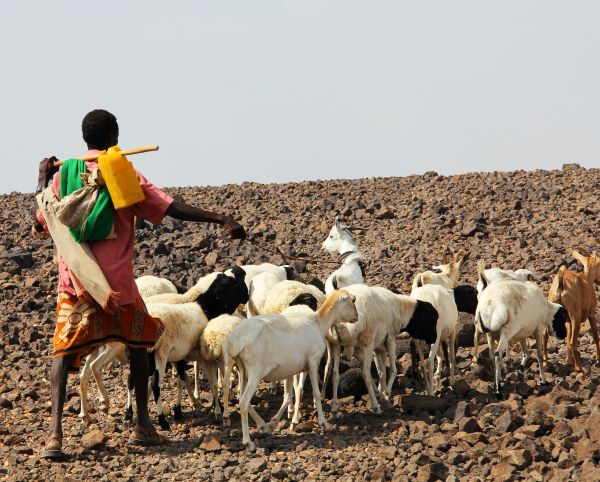By Lawrence Paganga
Rainfall forecasts in Southern Africa indicate favourable conditions for 2022 cereal crops, the Food and Agriculture (FAO) predicted in its latest latest report on Global Information and Early Warning System (GIEWS).
The prediction comes when most parts in the region have gone without receiving rains in recent weeks resulting in some crops wilting while some farmers have delayed planting.
“Weather forecasts indicate a higher than normal probability of above average rainfall across most of the subregion between October 2021 and March 2022, when the harvest period starts, supporting preliminary expectations that cereal production in 2022 would likely fall in the average to above-average range,” FAO said.
However, it added there are two downside risks to agricultural production across the subregion.
“Firstly, there is the recent resurgence of Covid-19 cases and the reintroduction of some restrictive measures to stymie the spread of the virus. The measures, including limits on the movement of people within and across borders, could curtail households’ income earning opportunities, already adversely affected by the previous year’s economic downturn, and impinge on their ability to physically and financially access inputs.”
FAO said the governments are trying to avoid full lockdowns and this is expected to minimise the impacts on agricultural operations.
“Secondly, prices of fertilisers and other agro chemicals are significantly higher year-on-year. This is expected to inflate production costs and could weigh on farmers’ planting intentions, mostly affecting the commercial sector.
“If costs of fertilisers become prohibitively expensive, it may result in reduced utilisation by both small and large-scale farmers and curtail crop yield potentials. The higher prices are also expected to increase the financial burden for governments that are implementing large-scale input subsidy programmes, such as in Malawi and Zimbabwe,” FAO.
Meanwhile, FAO said Southern Africa cereal output reached record high in 2021 of an estimated 40.9 million tonnes, which is about 23% above the five-year average and a new record high.
“The large outturn reflects good crop yields underpinned by conducive weather conditions and acreage increases driven by remunerative grain prices at planting time and continued government agricultural support programmes.
“Significant production increases compared to the five-year averages were estimated in Botswana, Malawi, South Africa, Zambia and Zimbabwe, where crops benefited from almost ideal weather conditions throughout the season.
“Good outputs were also registered in Eswatini, Lesotho and Namibia. Although the cereal harvest in Mozambique was close to the average, poor rains and the effects of the ongoing conflict in northern provinces resulted in localized production shortfalls.”
FAO added maize prices were mostly stable in the region mainly due to large 2021 harvest.
“In South Africa, monthly wholesale prices of maize grain were generally unchanged between June and August 2021 but remained higher year-on-year,” FAO said.
“The recent stable levels reflect the effects of downward pressure from the large 2021 harvest and the slight appreciation of the currency, which was offset by spillover effects from the international market where benchmark prices of maize grain were at high levels.
“In import dependent Botswana and Namibia, prices of maize meal were stable or fell slightly between May and July 2021 and were higher on a yearly basis reflecting price dynamics in South Africa, the countries’ main source of grains.
“In Malawi, prices of maize grain declined sharply in the first half of the year and, in July 2021, were below year-earlier levels reflecting abundant supplies from the recent well above-average harvest.”
However, FAO raised concerns that the prices at which most farmers were selling their maize grain between April and July was below the minimum farmgate price set by the government.
“Prices of maize grain were generally stable in Zambia and higher on a yearly basis, despite the upturn in production in 2021. A steep appreciation of the national currency in August could ease inflationary pressure on food prices in the next months.
“In Zimbabwe, the monthly food inflation rate has remained in single digits throughout 2021, in contrast to the previous year when it reached highs of nearly 40%.
“The slowdown in price increases reflects a more stable official exchange rate and the effects of the large 2021 cereal output,” FAO added.









